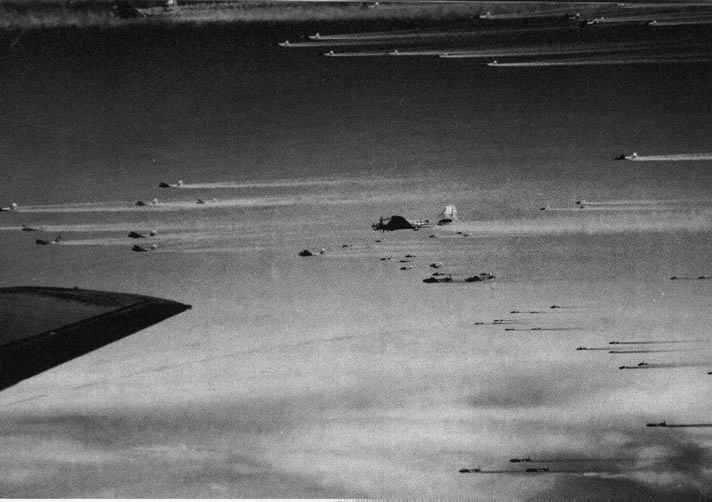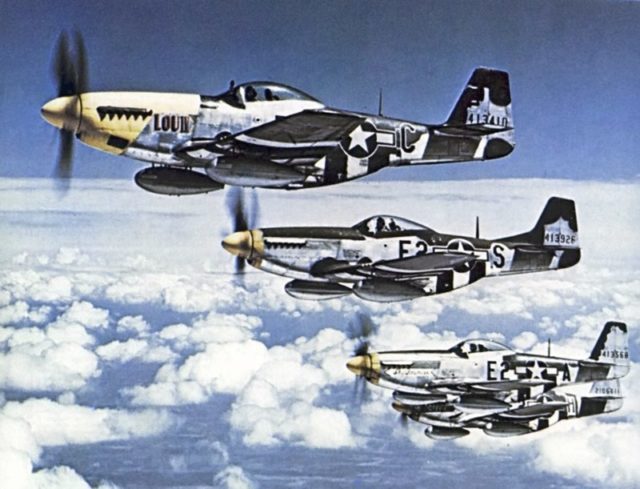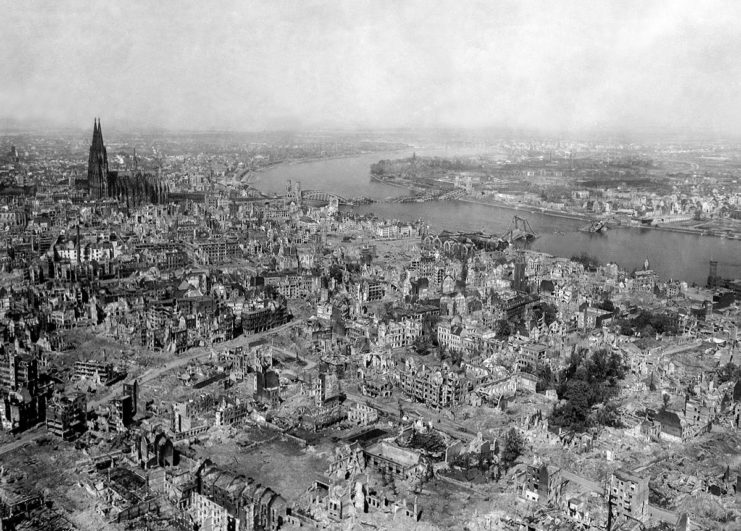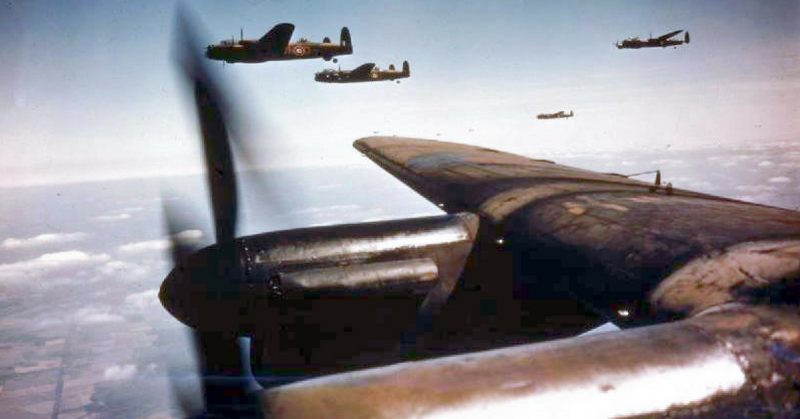In 1944 the United States Strategic Air Forces decided they had to do something about the German Luftwaffe. What they did became known as Big Week; officially Operation Argument.
A number of missions were to be launched against Germany intended to coax their air force into a battle in which they would be decisively beaten. Before they could be, they had to be lured into the sky.
The plan was to attack German aircraft manufacturing. The thinking process was that once the Luftwaffe had been crushed, the Allies would have air superiority, clearing the way for the invasion of Europe.
America was assisted by Royal Air Force Bomber Command, who bombed the same targets at night. RAF Fighter Command provided escort for the United States bomber formations.
However, the US 8th Air Force believed their bombers could defend themselves from German fighter attacks. Provided they flew in tight formations their armament would give them overlapping fire power.
Two examples proved that was not the case.
The Schweinfurt-Regensburg missions were the final straw for commanders. The Luftwaffe adapted their fighters with a pair of heavy-calibre unguided rockets which worked perfectly in breaking up the large US formations and could be fired out of machine-gun range. In August 1943 during a raid on ball-bearing factories in Schweinfurt and aircraft factories in Regensburg, out of 230 US planes, 60 were destroyed, and 87 had to be scrapped due to irreparable damage. Although the Germans lost 27 fighters, that number pales in comparison to American losses.

The second raid on Schweinfurt in October 1943 became known as Black Thursday as 60 planes were lost and 17 were damaged beyond repair. As a result, daylight missions over Germany were canceled while the Americans rebuilt their shattered forces.
By the spring of 1944, the Americans had a fighter advantage in the P-51 Mustang, and they again planned missions that would require a German response.

The plan required American forces to fly enormous numbers of missions against manufacturing plants all over Germany. In less than a week, the Eighth Air Force bombers embarked on 3,000 sorties from their base in England while the Fifteenth Air Force flew around 500 from Italy – dropping around 10,000 bombs.
Although US losses appeared high initially, the actual number was lower than the failed Schweinfurt raids. The Eighth lost 97 B-17s, 40 B-24s and 20 scrapped. Operational strength dropped from 75% at the start of the operation to 54% by the end. Fighter strength went from 72% to 65%. Numbers were less for the Fifteenth, who lost just under 15% of their bomber numbers while the RAF had 131 bombers go down in flames.
One unit that performed especially well was the 392nd Bombardment Group (H). They dispatched 32 B-24 planes to target an aircraft and component factory in Gotha, and it did not take long until they were under attack along the Dutch Coast.
A two-and-a-half-hour-long dogfight ensued in which 150 German fighters consisting of FW 190s, ME 110s, ME 210s, and JU 88s disrupted the Group with cannon and rocket fire. Incredibly, they also tried to bring down the Americans with air to air and cable bombing.
The sustained attack failed to halt the bombing run, but as the 392nd came close to their target area, units of the lead Combat Wing diverged onto a different course. The Group then had to choose whether to follow the unknown course to maintain their formation or continue to their target. The Group chose the latter one, fought its way through thick flak defenses and dropped their bombs with incredible accuracy virtually destroying their target.

Seven planes were shot down by German forces while 13 suffered battle damage. In reply, the bombers shot down 16 Luftwaffe aircraft with a further one probably destroyed and five damaged.
The aftermath of Big Week was a massive boost in confidence for the US bombing crews. The Allies changed their fighter escort tactics allowing them to fly ahead of the bomber formations and ‘sweep’ the air for enemy planes.
That tactic proved to be very effective as it took advantage of the limited maneuverability of the heavily armed FW 190s, which had previously been effective at taking down packed formations of American planes.
